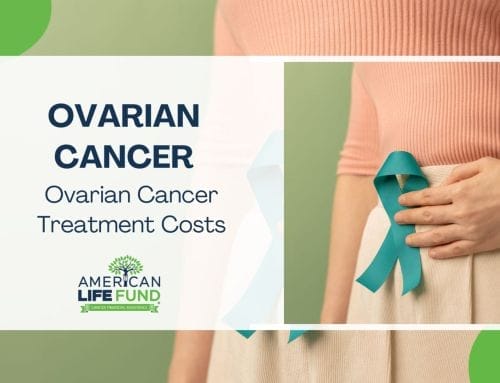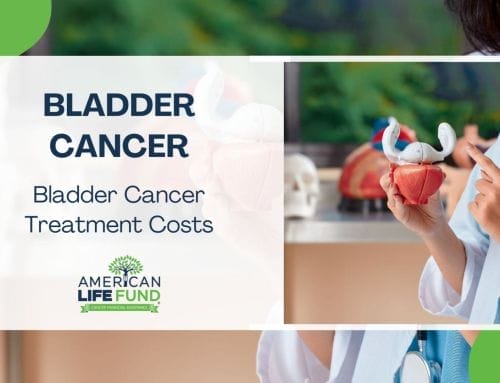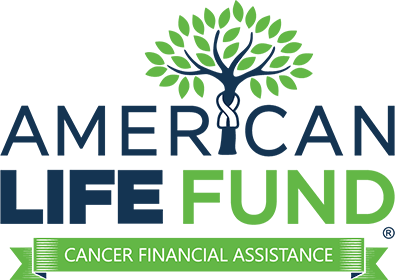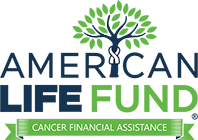Receiving a breast cancer diagnosis can be a daunting experience, dealing with both the emotional impact and the financial strain of treatment. This challenging reality confronts many patients and their families. It’s essential to comprehend the costs involved in breast cancer treatment to make well-informed healthcare decisions.
In this context, considering options like viatical settlements can be a game-changer for some patients. This article looks into the stages and types of treatments, insurance coverage, direct and indirect expenses, and various financial assistance avenues, including viatical settlements. Additionally, it provides practical tips for managing the costs associated with breast cancer treatment.
Key Takeaways
- Average cost of breast cancer treatment ranges from $20,000 to $100,000.
- Treatment costs vary significantly by stage and type of treatment.
- Patients can manage their expenses through effective communication with healthcare providers, understanding health insurance benefits and exploring generic drugs & discounts.
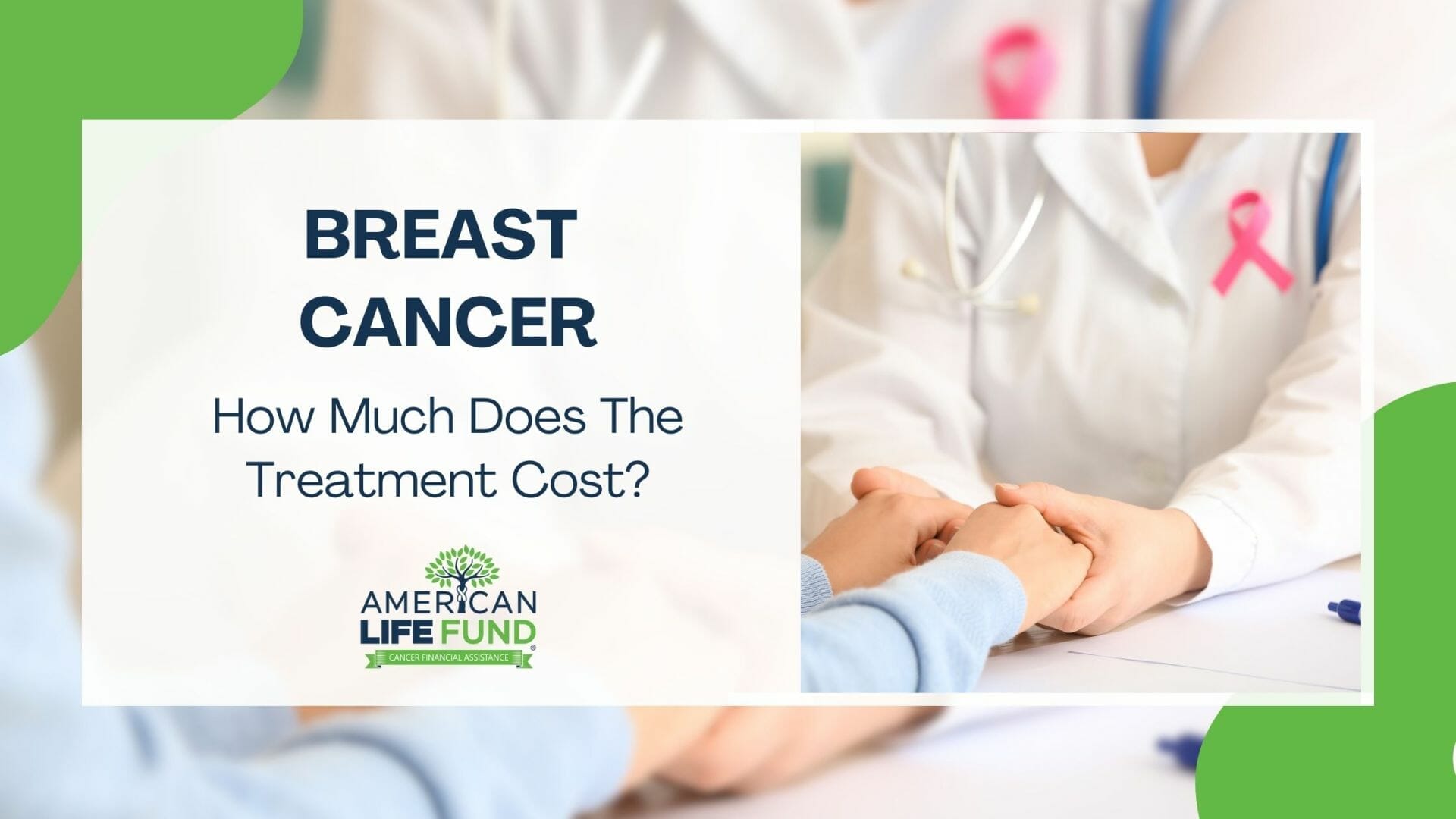
Understanding the Cost of Breast Cancer Treatment
Breast cancer treatment costs can be overwhelming, with expenses including:
- Surgery
- Radiation
- Chemotherapy
- Medications
- Doctor visits
- Tests
The cost of breast cancer screening alone ranges between $151 and $751. The average cost of treating breast cancer in 2020 ranged from $20,000 to $100,000, depending on the type and duration of treatment. For individuals diagnosed with metastatic breast cancer, 47% of young women encountered financial difficulties due to their care.
Consequently, comprehending the costs tied to breast cancer treatment and available financial resources becomes crucial for patients. We will further dissect the factors contributing to treatment costs, including the tumor stage, types of treatments, and insurance coverage.
Stages of Breast Cancer and Their Impact on Costs
The stage of breast cancer has a significant impact on treatment costs, with higher costs associated with more advanced stages of the disease. According to the National Cancer Institute, the cost of treating early-stage breast cancer can range from $20,000 to $100,000. On the other hand, the cost of treating advanced-stage breast cancer varies but can range from $61,621 to $134,682.
The average cost for each stage of breast cancer is as follows:
- Stage 0: $48,477 (6 months after diagnosis)
- Stage 1 and 2: $82,121
- Stage 3: $129,387
- Stage 4: $134,682
These amounts include procedures, treatments, and medications required at each stage. Besides ensuring better disease control, early intervention is more cost-effective.
Types of Treatments and Their Costs
Common treatments for breast cancer include:
- Breast cancer surgery
- Radiation therapy
- Hormone therapy
- Immunotherapy
- Chemotherapy
These combined approaches have demonstrated their effectiveness in treating this disease. The cost of chemotherapy in the United States can be quite expensive, typically ranging from $1,000 to $12,000 monthly. Radiation therapy costs an average of $9,000 per month, while immunotherapy can cost between $10,000 and $12,500 per month on average.
Remember, these costs fluctuate based on an individual’s circumstances, insurance coverage, and healthcare providers. Gaining a clear understanding of the types of treatments and their respective costs is crucial when patients need to make decisions about their healthcare.

Insurance Coverage and Its Role in Treatment Costs
Health insurance plays a significant role in managing breast cancer treatment costs by reducing out-of-pocket expenses. Various insurance plans in the US offer different levels of coverage, with some plans having lower premiums but higher out-of-pocket costs and others having higher
premiums but lower out-of-pocket costs. Grasping health insurance benefits assists in controlling breast cancer treatment costs, as it ensures the bulk of medical costs are covered by appropriate health insurance plans and reduces out-of-pocket payments.
Financial assistance options for breast cancer patients include government programs, nonprofit organizations, advocacy groups, and clinical trials.

Direct and Indirect Expenses in Breast Cancer Treatment
While assessing the financial implications of a breast cancer diagnosis, it’s important to consider both direct and indirect expenses. Direct expenses encompass medical costs tied to diagnosis, treatment, and follow-up care, whereas indirect expenses are related to lost wages, transportation, childcare or eldercare, home modifications, complementary therapies, and emotional support.
Let’s expolore these expenses more comprehensively.
Direct Medical Costs
Direct medical costs include treatments, medications, and hospital stays. These costs vary depending on factors such as the cancer stage and the specific treatment plan. For example, US expenditures for breast cancer care amounted to $29.8 billion in 2020. The average direct medical expenses for breast cancer treatment range from $5,819 to $134,682, depending on the disease stage and insurance coverage.
Patients need to be aware of these costs and devise a plan accordingly.
Indirect Expenses
Indirect expenses for breast cancer patients include:
- Lost wages
- Transportation costs
- Childcare or eldercare
- Home modifications
- Complementary therapies
- Emotional support
The average cost of post-treatment care and ongoing treatments for breast cancer patients varies depending on the cancer stage, with an estimated average cost of $85,772 in the first year after diagnosis.
These costs accumulate rapidly, thus patients and their families need to factor in indirect expenses while mapping out the financial implications of a breast cancer diagnosis.

Financial Assistance Options for Breast Cancer Patients
Financial aid is an important support option for breast cancer patients grappling with treatment costs. Several avenues, such as government programs, nonprofit organizations, and clinical trials, are available to lighten the financial load.
Here is a breakdown of some of the financial assistance programs for breast cancer patients.
Government Programs
Government programs, such as Medicaid and the CDC’s National Breast and Cervical Cancer Early Detection Program, provide low-income women with access to screening and treatment. Eligibility criteria for these programs may vary by state, but generally, individuals who meet the necessary age requirements and income limits in need of treatment for breast cancer or pre-cancerous breast conditions may be eligible. We strongly advise checking with your state’s Medicaid program for precise eligibility guidelines.
Nonprofit Organizations and Advocacy Groups
Nonprofit organizations, such as The Gift of Hope, Pink Fund, and The DONNA Foundation, offer financial support for breast cancer patients. These organizations provide various financial resources, such as grants and financial assistance, to help patients meet their essential needs and reduce financial strain during treatment. To access these resources, patients must meet specific eligibility requirements found on these organizations’ respective websites.
Clinical Trials
Clinical trials are research studies that involve human participants and assess the safety and efficacy of new treatments. Participating in clinical trials for breast cancer treatment may offer access to new treatments at reduced or no cost.
Eligibility criteria for breast cancer clinical trials may vary, but some common criteria include:
- Age
- Stage and type of breast cancer
- Previous treatments
- Overall health
- Specific genetic mutations
- Informed consent
Regularly conducted clinical trials investigate novel and more efficient methods to detect and treat breast cancer, ultimately aiming to reduce the number of breast cancer cases.
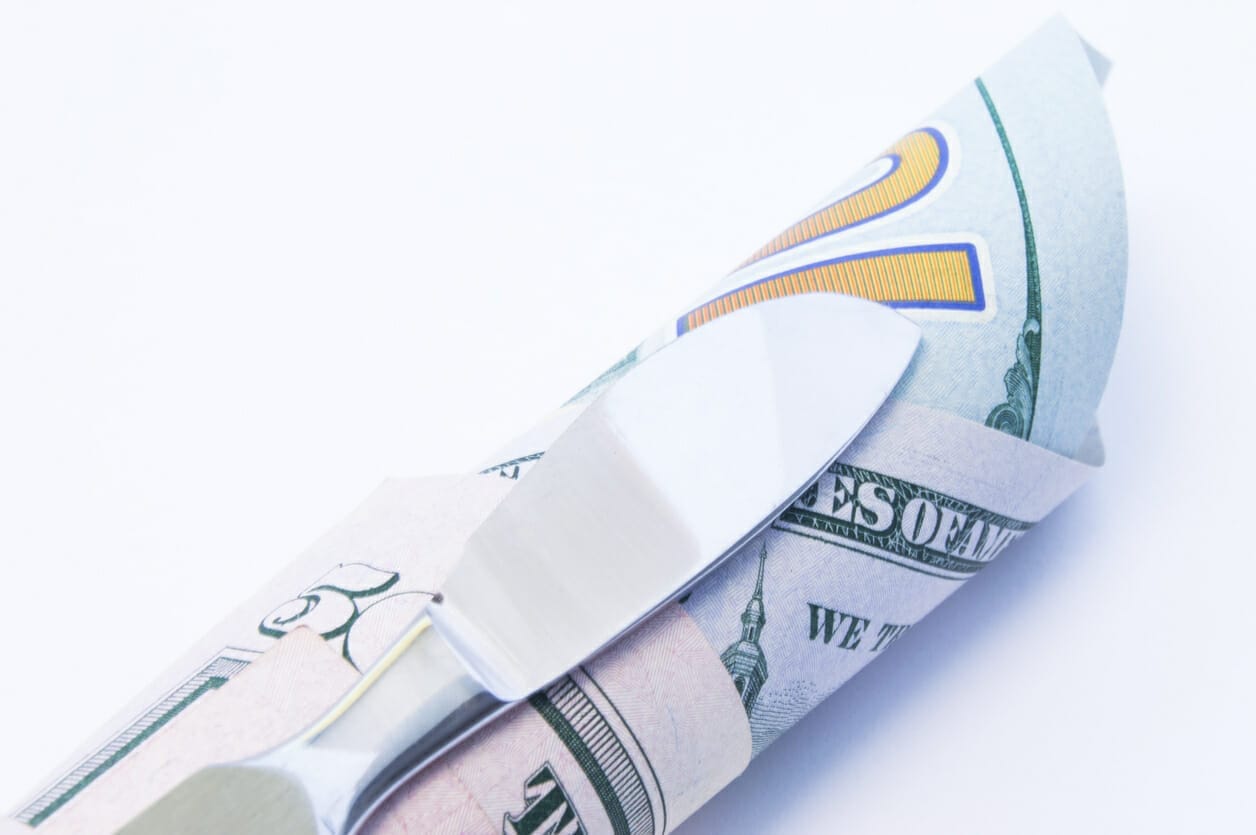
Tips for Managing Breast Cancer Treatment Costs
Patients and their families must manage breast cancer treatment costs efficiently. To do so, they should:
- Communicate effectively with healthcare providers
- Have a thorough understanding of health insurance benefits
- Explore options for generic drugs and discounts
By following these steps, patients make better-informed decisions about their treatment options and cut down on out-of-pocket expenses.
We will elaborate on these tips further.
Communicating with Healthcare Providers
Clear communication with healthcare providers is key to managing breast cancer treatment costs. Here are some strategies to consider:
- Seek accurate and transparent cost details.
- Tailor communication to your health nume
racy level. - Keep a record of conversations.
- Inquire about payment plans or financial aid.
By following these steps, patients avoid bills from piling up and facilitate robust financial planning.
Understanding Health Insurance Benefits
Grasping health insurance benefits empowers patients to make informed choices about their treatment options. Health insurance usually bears the cost of breast cancer treatment, incorporating:
- surgeries
- chemotherapy
- radiation therapy
- medications
- other requisite medical services like diagnostic tests and follow-up care
Nonetheless, the scope of coverage might differ based on the particular insurance plan.
A thorough review of your insurance policy, along with an understanding of its limitations and coverage, is key to lowering out-of-pocket costs for breast cancer treatment.
Exploring Generic Drugs and Discounts
Generic drugs offer cost-effectiveness, better compliance with medication, equivalent efficacy and safety, extended treatment choices, and potential cost savings in healthcare systems. Health drug benefits, such as those for breast cancer patients, can be accessed through discounts on their prescription drugs via various programs and organizations, including the PAN Foundation, Susan G. Komen’s breast care helpline, the Partnership for Prescription Assistance, and NeedyMeds.
Trusted sources for finding medication coupons or discounts for breast cancer treatment include:
- Prescription assistance programs listed on the American Cancer Society website
- Hospital or treatment center funding
- Pharmacist recommendations
- Websites like Verzenio.com and Cheap-rx.com
Summary
Breast cancer treatment costs are considerable, but understanding the factors affecting these costs, such as cancer stage, types of treatments, and insurance coverage, helps patients better manage their financial burden. By considering direct and indirect expenses, exploring financial assistance options like government programs, nonprofit organizations, and clinical trials, and following tips for managing breast cancer treatment costs, patients and their families can make informed decisions about their healthcare. Remember, you are not alone in this journey; resources are available to help you navigate the financial challenges of breast cancer treatment.
Frequently Asked Questions
What is the average cost of breast cancer treatment?
The average cost of breast cancer treatment varies widely depending on factors such as stage, type, and medications needed but is estimated to be between $20,000 and $100,000. If insured, the patient’s portion of the bill can be between 10 and 15 percent.
How much does it cost to treat breast cancer first stage?
On average, the cost of treatment for first-stage breast cancer is $71,909 over two years, with costs mostly driven by chemotherapy and non-cancer treatments.
Does insurance cover breast cancer treatment?
Most insurance plans provide some coverage for breast cancer treatment, but it’s important to check the extent of your coverage and any other out-of-pocket expenses you may have to cover. Different plans may provide more or less coverage, so research what works best for you.
What are some examples of direct and indirect expenses in breast cancer treatment?
Direct expenses for breast cancer treatment include treatments, medications, and hospital stays, while indirect expenses can include lost wages, transportation, childcare or eldercare, home modifications, complementary therapies, and emotional support.
Are there government programs available to help with breast cancer treatment costs?
Yes, government programs are available to help with breast cancer treatment costs, such as Medicaid and the CDC’s National Breast and Cervical Cancer Early Detection Program.
Further Reading

